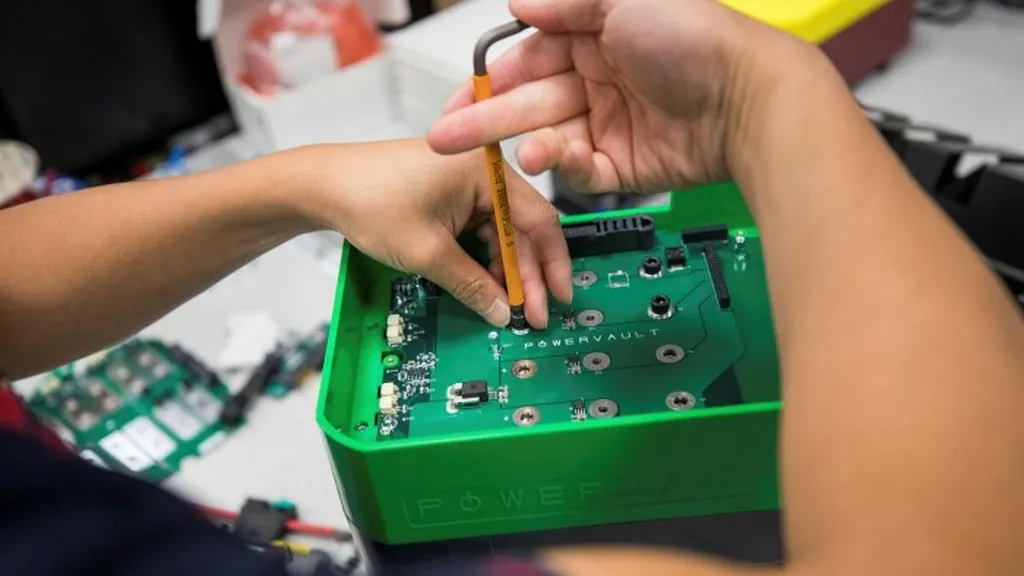In the rapidly evolving landscape of China’s new energy vehicle (NEV) industry, a critical question looms: how will the country secure a sustainable supply of essential metals like lithium, cobalt, and nickel? A recent study published in *Resources Science* (Ziyuan Kexue) offers some compelling insights, with significant implications for the energy sector and commercial stakeholders.
Led by Dr. Dong Xuesong from the School of Business at Hunan Agricultural University, the research team—comprising experts from Central South University and the Institute of Metal Resources Strategy—has delved into the complex interplay between primary and secondary resource allocation. Their findings suggest that the future of China’s NEV industry hinges on strategic planning and technological innovation.
From 2010 to 2023, the study reveals that China’s reliance on primary resources for critical metals in NEVs has been substantial. In 2023 alone, the demand for lithium and cobalt reached 36,000 tons and 18,000 tons, respectively. “The trend towards high nickel and low cobalt in NCM technology is evident,” notes Dr. Dong, highlighting a shift in battery chemistry that could reshape supply chains.
The research also underscores the potential of extending battery lifespans and advancing electrochemical technologies. “Extending the lifespan of batteries could simultaneously reduce the demand for lithium, cobalt, and nickel,” explains Dr. Chen Jinyu, a co-author from Central South University. This dual approach not only mitigates resource constraints but also enhances the sustainable supply capacity of these critical metals.
Looking ahead, the study simulates various scenarios for the period 2024 to 2050, considering different market scales and technological pathways. The combined scenarios, which integrate the best of supply- and demand-side strategies, show promising results. They positively impact key metrics such as the resource sustainability index (SI), accumulated primary resource consumption (AC), secondary resource expansion multiplier (MU), and supply-demand ratio (SDR).
For the energy sector, these findings are a clarion call to action. “To ensure the sustainable development of China’s NEV industry and resource security, it is essential to advance the development of electrochemical technologies, improve the utilization efficiency of power batteries, optimize policy combinations for the coupled allocation of primary and secondary resources, and establish a strategic reserve system for critical metals,” emphasizes Dr. Hu Meimei, another key contributor to the study.
The commercial implications are profound. Companies investing in NEV technologies must consider not just the immediate supply chains but also long-term sustainability strategies. The shift towards high nickel and low cobalt batteries, for instance, could open new avenues for innovation and cost reduction. Meanwhile, policies that promote the recycling and efficient use of secondary resources could create new business models and revenue streams.
As China continues to lead the global NEV market, the insights from this research will be invaluable for policymakers, industry leaders, and investors. The study published in *Resources Science* serves as a roadmap for navigating the complexities of critical metal supply, ensuring that the energy transition is both sustainable and secure.

